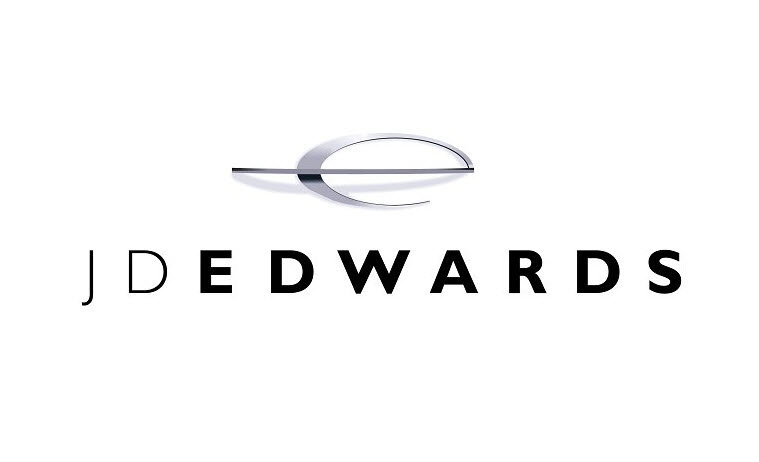Celebrating 25 Years
Home → Intro to JDE → Introduction
If you are brand new to JD Edwards, you've come to the right place to begin the process of understanding JD Edwards (the company) and JD Edwards (the software). Probably the first tidbit you need is to know that "JD Edwards" is often abbreviated as "JDE". Those of you who are here to learn about Java Development Environment should look elsewhere!
JD Edwards started as a custom programming shop in the late 70s, writing software utilizing the IBM System 3X as its foundation. By the mid-80s, JDE came out with the first package version of its core product, Financials; followed by Distribution (Sales, Inventory, and Purchasing), which was added in the late 80s; and finally followed by Manufacturing and Payroll/HR in the early 90s. JDE's first ERP package was named "World Software". JD Edwards was fortunate when IBM came out with its successor to the System 32/36/38, the AS/400. Within a few years JD Edwards software was running on 15% of all installed AS/400s. JD Edwards grew rapidly, with 300 employees and revenue of $24M in 1988, increasing to over 6,000 employees worldwide and nearly $1B in revenue 10 years later. JDE became a very strong player in the mid-market (companies with annual revenue from $200M to $800M), especially in industries that engaged in manufacturing and distribution operations.
In the mid-90s, the old "green screen" technology using character-based "dumb" terminals, started to shift to a "client-server" architecture with a Windows-like GUI (Graphical User Interface). JDE had some false starts as it developed the new software, initially named Everest, and later renamed OneWorld.

By 2000, OneWorld Xe was released giving JDE a fully GUI product with which it could compete with other ERP platforms such as SAP and PeopleSoft. The flexibility and power of this package to run on multiple hardware/OS/DB platforms made it a formidable competitor against these other vendors.
JD Edwards made a key decision early in the design of OneWorld-the database used by OneWorld would match (or at
least not conflict with) the database used by World Software. Thus, the functionality of the early releases of
OneWorld would be essentially the same as the functionality of World Software. And there was a data conversion
path, which made it relatively easy for clients to migrate from World to OneWorld, and in many cases run both
packages simultaneously in "coexistence" mode.
In 2003, PeopleSoft acquired JD Edwards and renamed OneWorld to EnterpriseOne. (PeopleSoft's flagship product was
named PeopleSoft Enterprise.)
Almost immediately, Oracle launched a hostile takeover bid to acquire PeopleSoft. In 2005 Oracle completed its
takeover of PeopleSoft, leaving Oracle with a number of ERP and CRM packages to sell and support: Oracle EBS,
PeopleSoft Enterprise, JD Edwards World, JD Edwards EnterpriseOne, and Siebel. Oracle quickly announced that it
would continue to support these separate packages with its Applications Unlimited program, and at the same time
develop a totally new ERP solution, Fusion Applications.
In the meantime, Oracle continues to enhance JD Edwards EnterpriseOne and World as leading edge ERP platforms. Oracle's initiatives for the software includes development tools that do not require programming knowledge, a user interface with many personalization features, mobile applications, and Internet of Things capability.
More information on the current versions can be found on Oracle's website: EnterpriseOne | World.

JDEtips provides exceptional configuration-level JDE training for IT staff and key business users. We help you gain and maintain the solid JD Edwards knowledge base needed to maximize operational efficiencies from your JDE solution. Our public or private, live, instructor-led classes have been designed to give you the key knowledge needed to master configuration of specific JDE functionality.